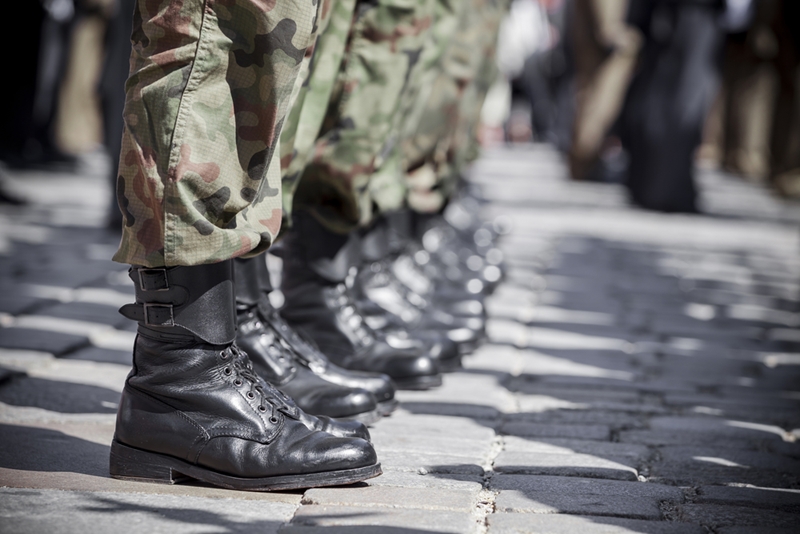National Day of the Deployed is a time to recognize and honor the sacrifices of servicemembers and their families. However, it didn't begin as a national holiday. It came from the mind of a resident of North Dakota named Shelle Michaels Aberel, who had a cousin – LTC David Hosna – stationed in Iraq. In 2006, Aberel approached then-governor John Hoeven to create a state holiday recognizing deployed servicemembers. Convinced, Hoeven officially declared Hosna's birthday, Oct. 26, as Day of the Deployed.
The idea quickly spread across the country, and now all states recognize Oct. 26 in some fashion. During this day, people at home are encouraged to support servicemembers by sending care packages and letters of encouragement.
This year's Day of the Deployed is particularly noteworthy, however. According to Pew Research Center, the number of U.S. military personnel stationed overseas is the smallest it's been in decades.

Overseas servicemembers at a historic low
The research organization analyzed information from the Defense Manpower Data Center, concluding that the military has the smallest number and share of active-duty military members stationed internationally since at least 1957. As of last year, there were 193,422 men and women deployed overseas, equating 15 percent of active duty military personnel. Last year, 2016, was the first time this figure fell below 200,000 in at least 60 years.
There doesn't appear to be one factor contributing to this decline, as even countries with the largest U.S. military presence saw their numbers fall. Germany, for example, currently has 34,602 U.S. servicemembers, making it second to Japan as the country with the greatest number of personnel stationed outside the U.S. However, this figure is down from a peak of 274,119 in 1962. Similarly, South Korea currently has 24,189 servicemembers, which is around one third of its peak of 71,043 in 1957. In terms of dates, the gap between peak and current numbers is much shorter for Afghanistan, which had 82,174 servicemembers in 2011 and 9,023 last year.
Will the number of overseas deployments continue to fall?
While Pew Research didn't provide an explanation for why overall deployment numbers fell so low, an increasing need for local military presence could continue the trend. As CNN recently reported, relief efforts for Hurricanes Irma and Maria are forcing military planners to reevaluate their overseas deployment schedules for the next few years. Those with knowledge of the situation didn't give specific details due to security concerns, but they did discuss a few ideas publicly.
"We are ready to go even to the point that it's going to impact the deployments, perhaps, of some of these troops overseas next year because we've interrupted their preparation," said Defense Secretary James Mattis when testifying before the Senate Armed Services Committee, according to CNN. His statement confirmed the military was willing to remain in Puerto Rico as long as necessary.
According to CNN, the military hopes for no more than a two-week setback in Afghanistan deployments. As a result, however, servicemembers scheduled to return home might not be able to depart until their replacements arrive. Additionally, they may be forced to leave their equipment until an aircraft can return to retrieve it at a later date.
The proposition further highlights the need for Day of the Deployed. Even a two-week wait is agonizing for servicemembers who are forced to spend more time away from their homes and loved ones. Individuals at home can show their support by sending packages or messages to those stationed overseas or by raising awareness about Day of the Deployed in their communities and on social media.

